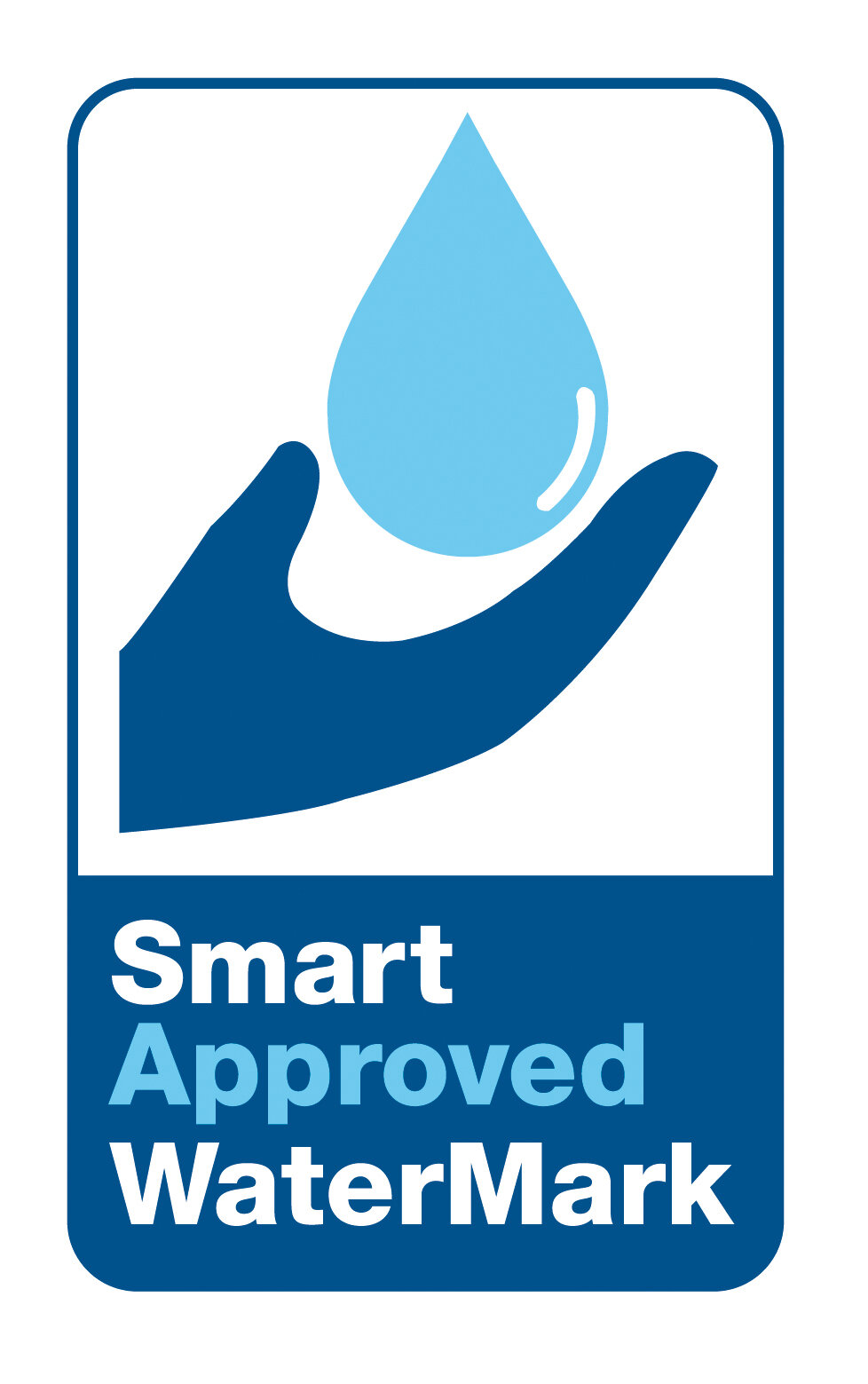With little fanfare, the bathroom fixture industry has been introducing restroom fixtures that are safer, use less water, are easier to keep clean, and get this, darn right smart. These fixtures, which are introduced for household use, will find their way into commercial facilities relatively soon. So, as we get back on our feet after the pandemic and commercial facilities start seeing more traffic, expect to find some of these systems in use in offices and schools as well.
Let’s start our discussion with how bathroom fixtures are getting smarter. One leading manufacturer has introduced a toilet that doubles as a health monitoring device that analyzes waste and looks for signs of a virus or an infection. Since the start of the pandemic, we’ve known that traces of COVID are found in wastewater. Analyzing waste content can help us know what is happening in our bodies sooner and seek earlier treatment if necessary.
Other bathroom fixtures of the future that are here now include the following:
Touchless. Earlier, we mentioned that some technologies are first introduced for home use and find their way into commercial facilities. This development is just the opposite.
Several manufacturers are introducing touchless bathroom fixtures. All some faucets need us to do is wave our hands over them. Depending on the direction of our hands, the water released is hotter or colder.
Chromotherapy. For many years, most bathroom fixtures have been white, as it was the most accepted color. But now, some homeowners want a spa-like feel and manufacturers are introducing fixtures in different colors. A color that appears to be garnering attention that has rarely been used before is green.
Showers. Talk about chromotherapy, ceiling shower heads are available that use LED lighting to color water as it is released. The color can be adjusted to suit the user’s mood; plus, the shower heads remember which user likes which colors. Further, many of these systems have speakers which can access different online music media outlets. Anyone up for “Singing in the Rain”?
Power. One way to reduce water consumption when taking a shower is to release a more powerful spray. Some new showerheads offer 60 percent more force than currently mandated by the EPA WaterSense program. Manufacturers claim the greater blast of water results in less water used per shower.
Recycling. Another shower development is a system that collects shower water and recycles it to be reused while showering. The water is put through a filter and disinfected using UV light. Some “fresh” water is still released to maintain pressure and temperature, but the process, manufacturers say, can reduce consumption.
Urinals. The installation of urinals in home bathrooms has been evolving in fits and starts for years. But now, not just urinals, but waterless urinals are becoming much more commonplace. Waterless urinals are the preferred choice because they are less costly to purchase and install and offer greater installation flexibility.
Flush. Some new toilets are being introduced that use less water than required by federal law. Right now, they must use 1.6 gallons of water or less. One manufacturer has introduced a toilet that uses close to half a gallon of water per flush. Oh, and that’s not all. Some systems have automatic lid opening and closing systems, deodorizers, auto-flushers, and mist the toilet after use electrolyzed water, keeping the toilet cleaner.
We should add that except for the waterless urinals, none of these bathroom fixtures of the future come cheap. Whereas a waterless urinal costs about $300, the chromotherapy showerhead that colors water and plays music starts at around $12,000.
Innovation costs money. But for those of us not willing to fork up $12,000, it's good to know we can still get a showerhead from Home Depot for about $20.
Robert Kravitz is a writer for the professional building and cleaning industries.










